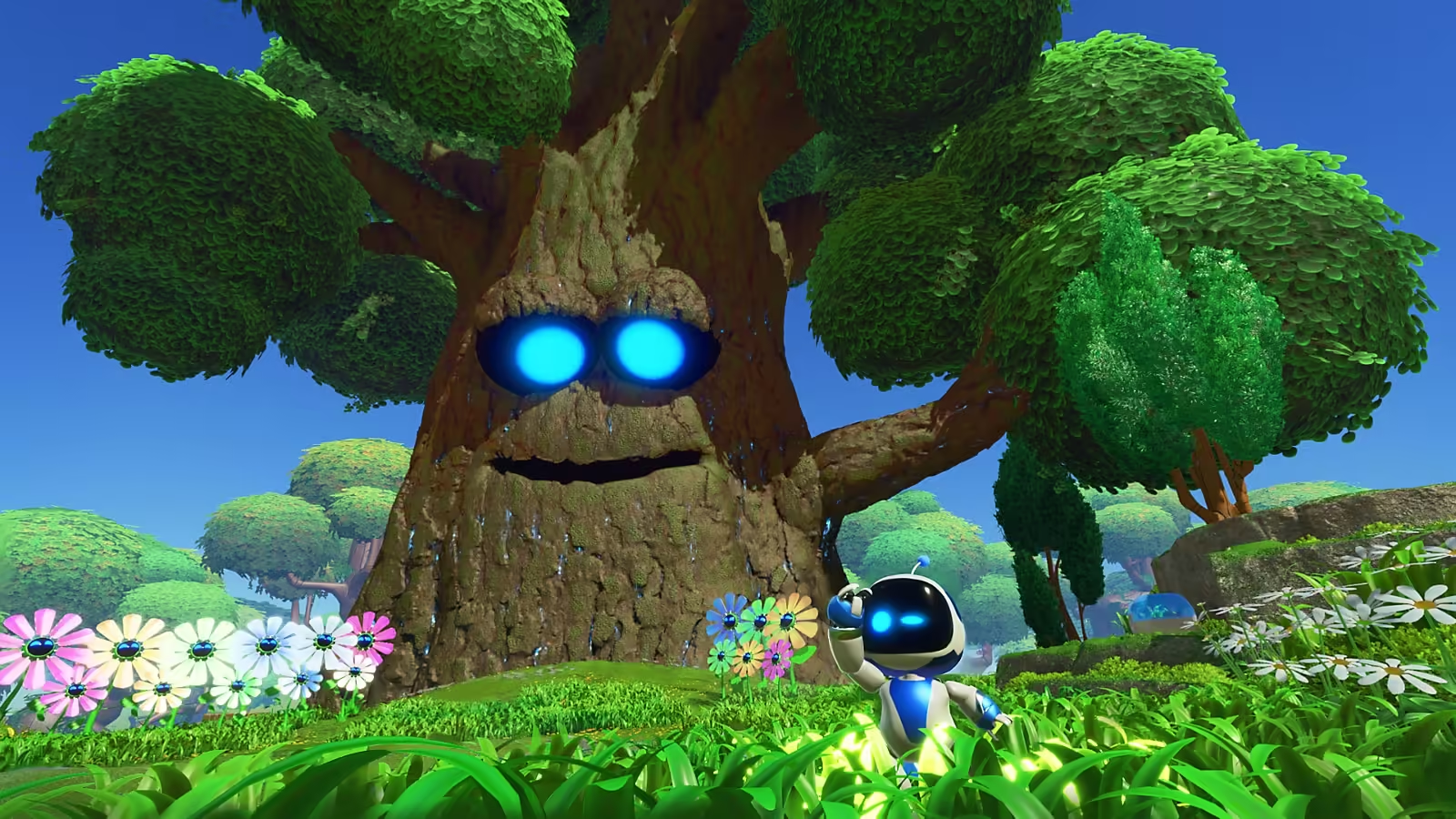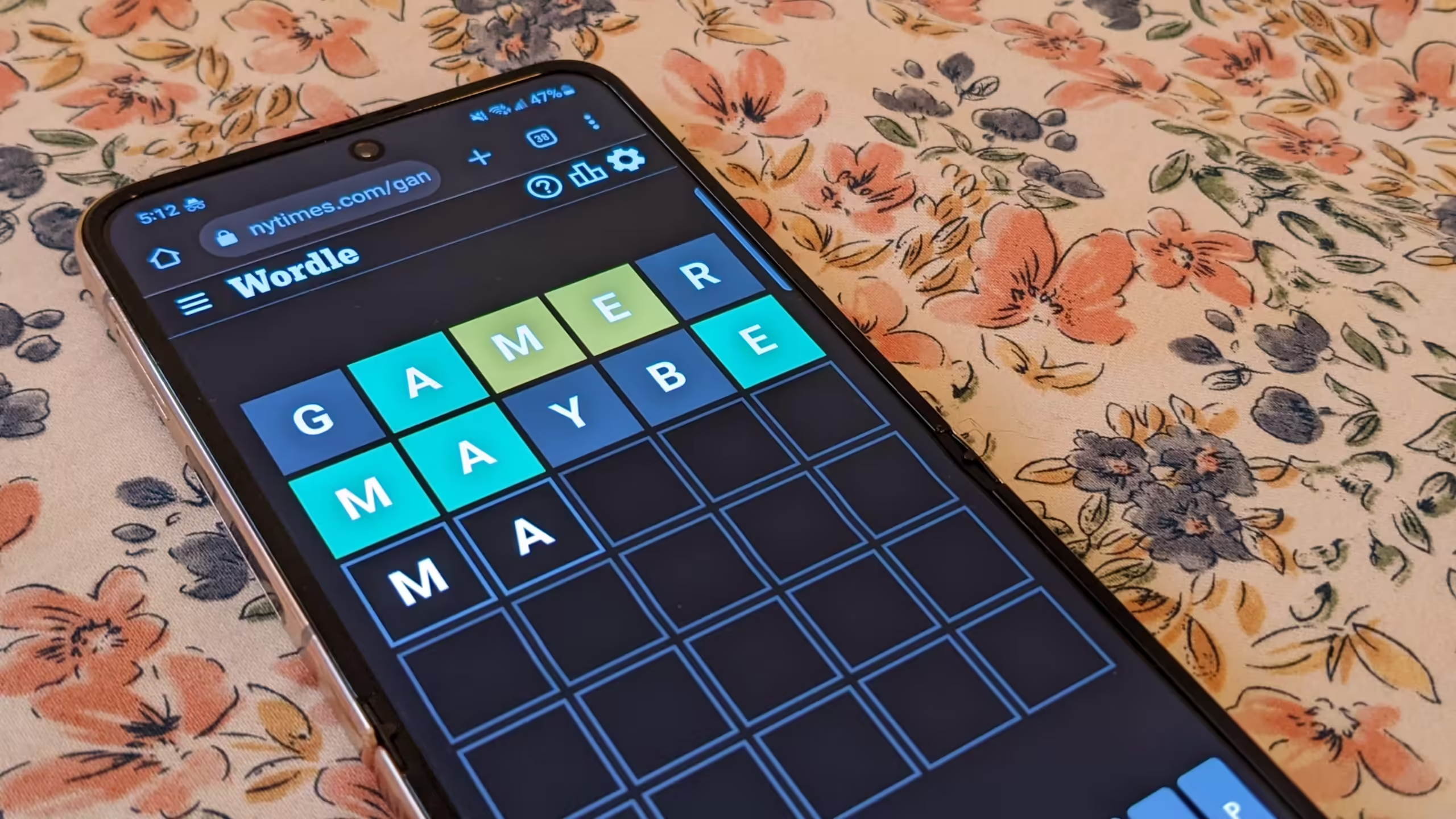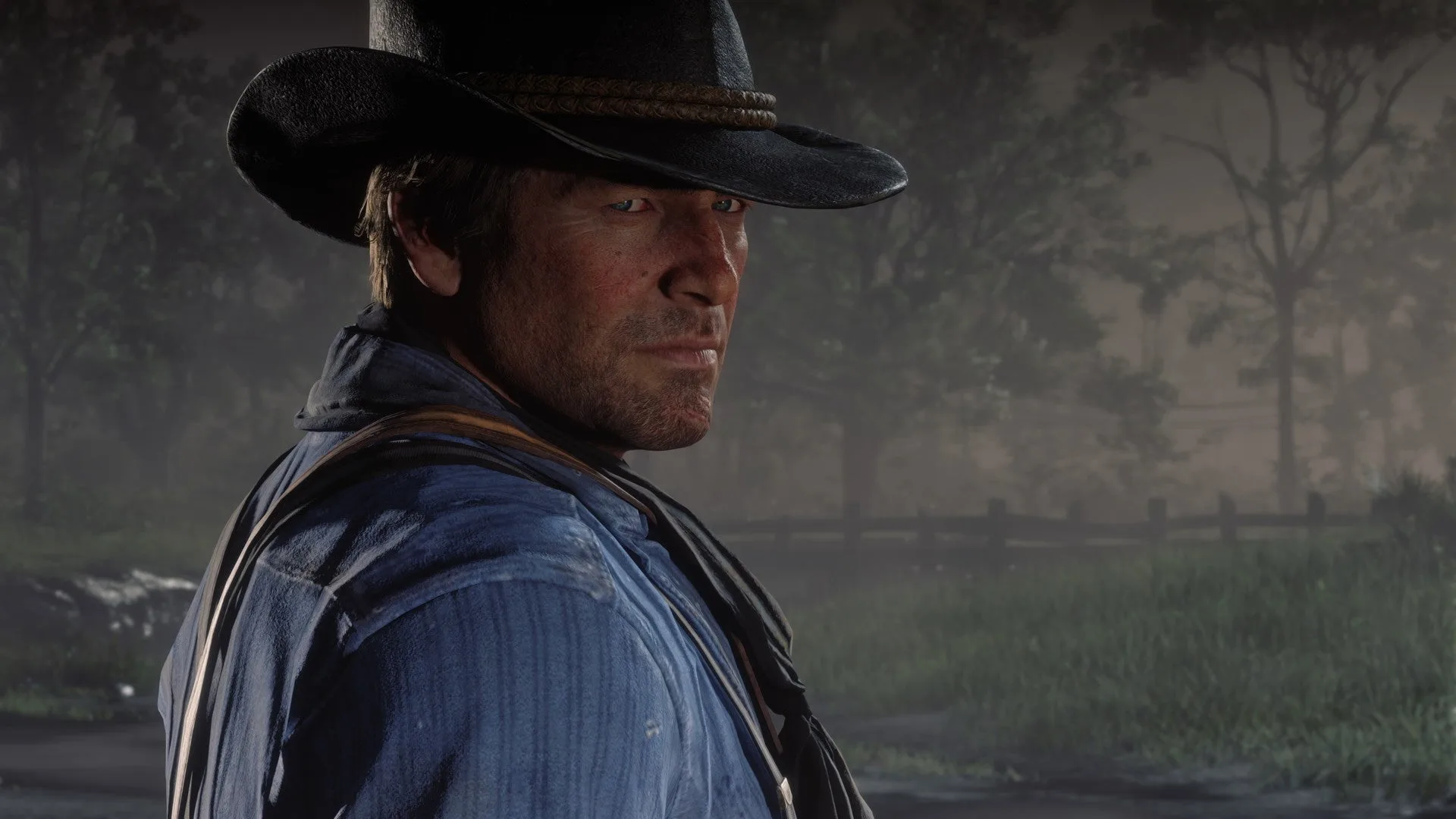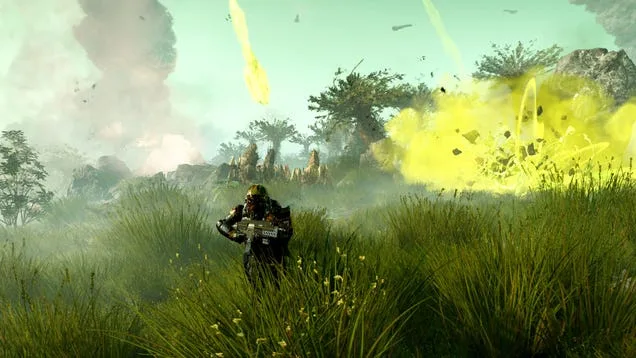When Astro Bot was released in September, critics agreed on a lot: Astro Bot rules, and it’s Sony’s first real answer to Nintendo’s iconic platformers. Nintendo’s entries to the genre come up a lot when talking about Astro Bot; it’s near impossible to ignore the publisher’s clear influence on the Sony platformer. Yes, Astro Bot is an homage to Sony’s PlayStation legacy, but it also honors and iterates on the best platformers to create something truly spectacular and wholly its own.
The phrase “good artists copy, great artists steal” has been attributed to both Pablo Picasso and Steve Jobs, and it’s a variation on T.S. Eliot’s “immature poets imitate, mature poets steal” quote, but regardless of who said it, it’s something I’ve been thinking about a lot while playing Astro Bot. There may not be many more entirely new ideas left in life, but there are plenty of ways to put lots of different, recycled ideas together to make something unique — and that’s the context in which I’m seeing Astro Bot’s existence.
Around the internet, I’ve seen plenty of compilations comparing Astro Bot to Nintendo’s (and other publishers’) platformers: Astro Bot’s boost jump is reminiscent of Super Mario Sunshine’s FLUDD; its crash site bots operate like Pikmin; Astro Bot’s ride-on armadillo ball feels like Glover; and his frog power-up acts a lot like springy boxing gloves in Arms. Sometimes, these compilations are put together in a way that feels like a gotcha!, but I don’t see it that way. It’s a good thing that Astro Bot developer Team Asobi was influenced by all the best bits of other platformers. It’s just how art and play work. In fact, a lot of these other games aren’t the first example of these ideas and mechanics, and may not even be the direct influence for Team Asobi; just like Astro Bot, these games are products of decades of good ideas that have been twisted, tweaked, and repurposed into something new.
One of my favorite examples of this in Astro Bot is the sponge power-up, as seen in the Bathhouse Battle level. Here, Astro literally turns into a sponge. On dry land, he’s just kind of flat; it’s not necessarily clear that he’s porous. But when Astro hops into a tub of water, he soaks it all up to turn into a bloated version of himself — maybe quadruple his original size — with the ability to smash through things and spray water like a firehose. Both abilities come into play in clever ways throughout the level, be it using the water stored in your oversized body to inflate other sponges and reach higher ground or using it to water a little sapling and find a hidden secret. Of course, there’s always the satisfaction of absolutely blasting your way through bamboo walls or, simply, your enemies.
Astro’s sponge power-up reminds me of Kirby’s water balloon form in Kirby and the Forgotten Land, where Kirby sucks up water from a spout to literally become a water balloon. Kirby’s water is similarly used to clear mud, water plants for secrets, and fight enemies. But the way the ability feels in these two games couldn’t be more different. Both Team Asobi and Kirby and the Forgotten Land developer HAL Laboratory used a similar concept — a trope that’s been used in games for years — to create experiences that feel new and exciting.
This is where that lesson — “good artists copy and great artists steal” — comes in. Copying another means trying on another artist or developer’s style and looking to recreate it closely; stealing, in the spirit of the original phrase, refers to pulling a concept and truly making it your own.



